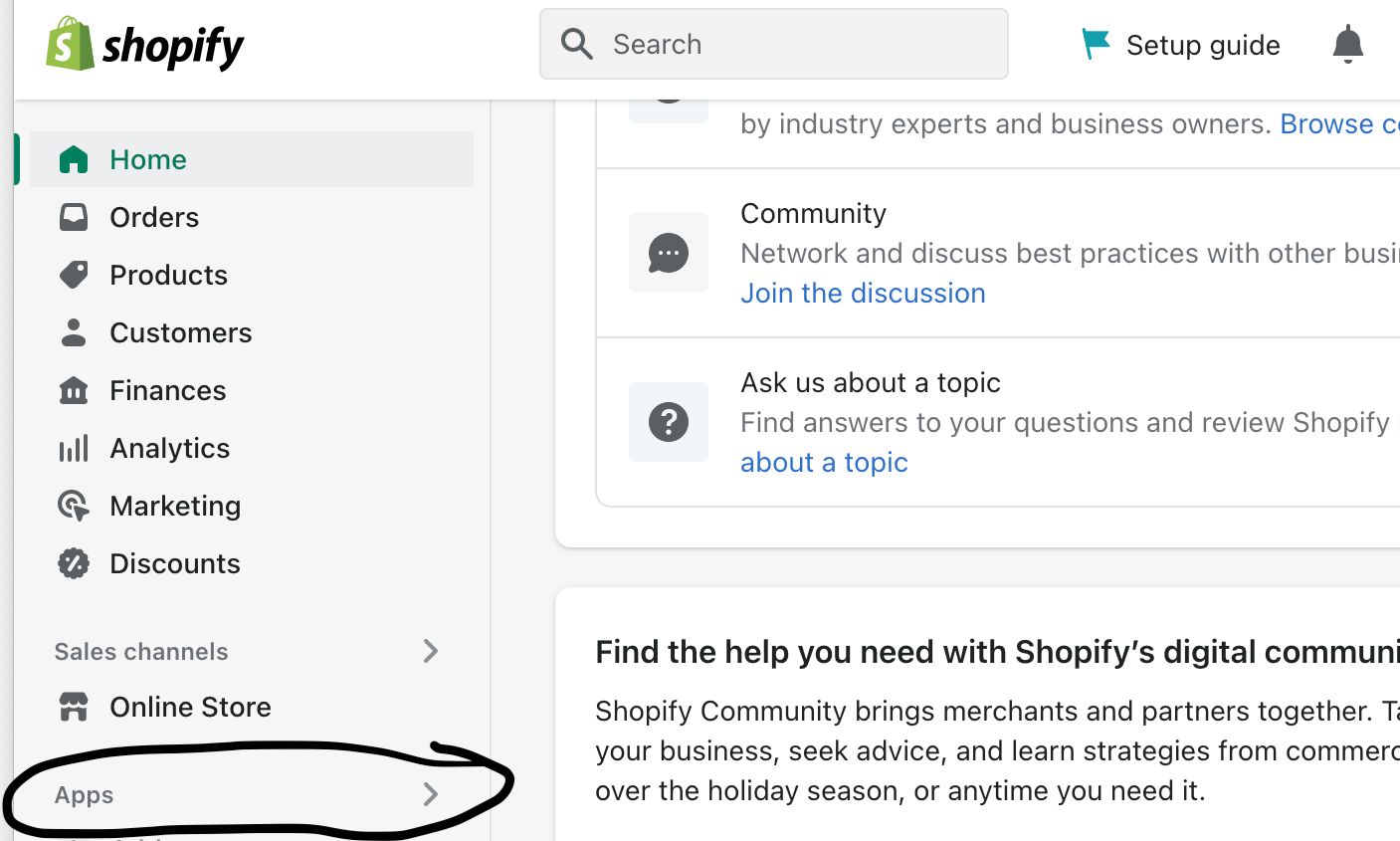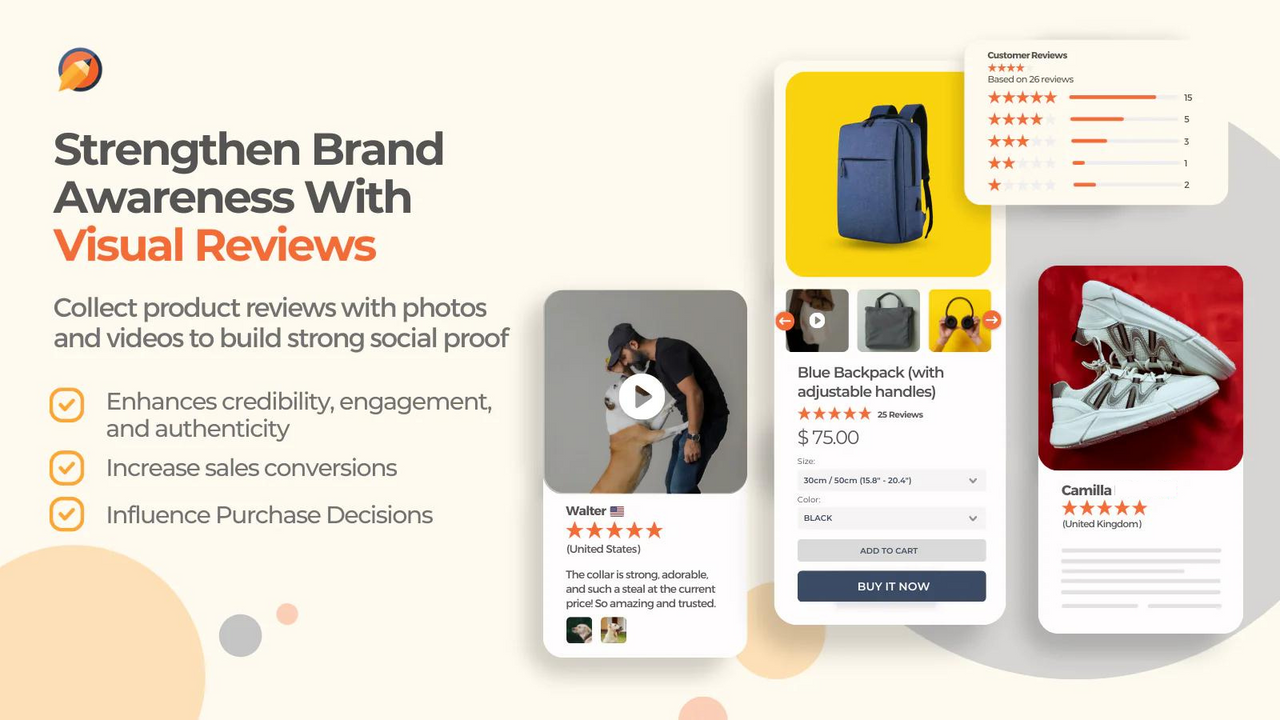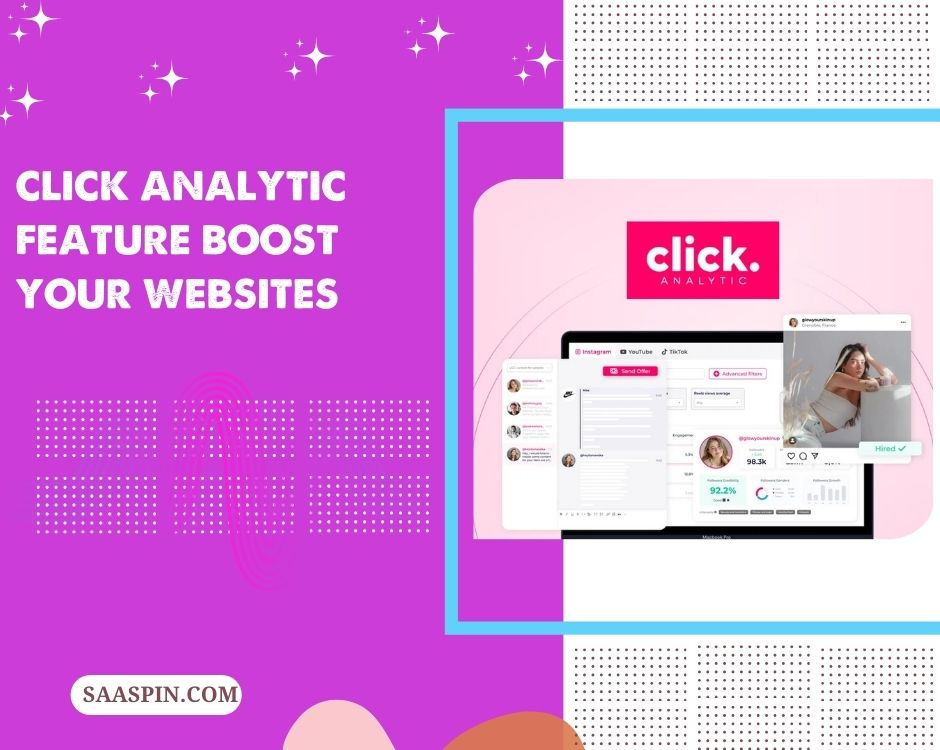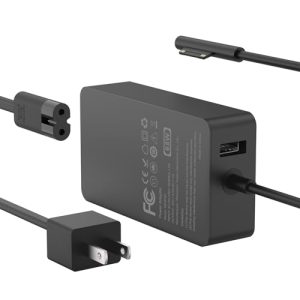Shopify Reviews Shopify is a popular e-commerce platform. Many businesses use it to sell online.
If you’re considering Shopify for your online store, reading reviews can help. Reviews give insights into what other users think about the platform. They can reveal strengths and weaknesses that you might not see at first. Whether you are a small business owner or planning a new venture, understanding user experiences is crucial.
This introduction to Shopify reviews will help you learn from others. You can make an informed decision based on their feedback. Stay with us as we delve into detailed reviews of Shopify, highlighting both positives and negatives. This will guide you in making the best choice for your online business.
Introduction To Shopify
Shopify is a well-known e-commerce platform. It helps businesses sell products online. Many people use it due to its easy setup and features. In this section, we’ll explore what Shopify is and why it is a good choice for online sellers.
What Is Shopify?
Shopify is an online platform. It allows you to create an online store. You can sell products and services easily. The platform is user-friendly. It offers various tools to manage your store. These tools include inventory management, payment processing, and shipping options. Shopify also provides many templates. These templates help you design your store without needing design skills.
Why Choose Shopify?
Shopify is popular for many reasons. First, it is easy to use. Even beginners can set up an online store quickly. Second, it offers excellent customer support. If you face issues, help is available 24/7. Third, Shopify has many apps and integrations. These apps can add extra features to your store. For example, you can add email marketing tools or social media integration. Fourth, Shopify is secure. It protects your customers’ data and transactions. Lastly, it has flexible pricing plans. You can choose a plan that fits your budget and needs.

Credit: www.reconvert.io
Ease Of Use
Ease of Use is a crucial factor for anyone choosing an e-commerce platform. Shopify shines in this area, making it a top choice for both beginners and experts. Its streamlined design and intuitive tools ensure that users can navigate the platform with minimal effort. Let’s delve into what makes Shopify so user-friendly.
User-friendly Interface
Shopify boasts a clean and straightforward interface. The dashboard is simple, with all the essential features clearly labeled. This design helps users focus on what matters—running their store. You don’t need to sift through complex menus or obscure settings.
Important actions like adding products, managing orders, and viewing analytics are all accessible from the main dashboard. This ease of access means you spend less time searching for tools and more time growing your business.
Setup Process
Setting up a Shopify store is a breeze. The platform offers a step-by-step guide that walks you through the entire process. From choosing a theme to customizing your store, each step is designed to be simple and straightforward.
Even if you are not tech-savvy, you can have your store up and running in no time. Here’s a quick overview of the setup process:
- Create an Account: Sign up with your email and choose a password.
- Select a Theme: Browse and select from a variety of free and paid themes.
- Customize Your Store: Use the drag-and-drop editor to personalize your site.
- Add Products: Easily add products with detailed descriptions and images.
- Set Up Payment: Choose from multiple payment gateways to accept payments.
- Launch: Once everything is set, click launch and your store is live!
Each step includes helpful tips and resources, ensuring you never feel lost. The goal is to make the setup process as smooth as possible, so you can focus on selling your products.
Design And Themes
Shopify offers a wide array of design options and themes. This makes it easy for users to create beautiful, unique online stores. With Shopify, even beginners can design professional-looking websites. The platform provides various themes that cater to different industries and styles. Let’s dive deeper into the customization options and responsive themes available on Shopify.
Customization Options
Shopify allows extensive customization of themes. Users can easily modify fonts, colors, and layouts to match their brand. The platform offers a user-friendly interface for making these changes. You don’t need coding skills to make your store stand out. Shopify’s drag-and-drop feature simplifies the process. This helps users to create a store that reflects their unique style. For those with coding skills, Shopify provides access to the theme’s HTML and CSS. This allows for deeper customization and flexibility.
Responsive Themes
Shopify themes are designed to be responsive. This means they look good on all devices, from desktops to smartphones. A responsive design ensures a seamless shopping experience for customers. Mobile-friendly sites are crucial as more people shop using their phones. Shopify themes adjust automatically to different screen sizes. This keeps your store looking professional and user-friendly. Shopify’s responsive themes also help improve your site’s loading speed. Fast-loading sites can enhance user experience and boost search engine rankings.
E-commerce Tools
Shopify offers a range of e-commerce tools that make managing an online store easier. These tools enhance efficiency and help business owners stay organized. Two critical tools include product management and inventory tracking.
Product Management
Product management on Shopify is straightforward. It allows you to add, organize, and customize your products effortlessly. You can use the following features to manage your products:
- Add product details: Easily input names, descriptions, and prices.
- Product images: Upload high-quality images to attract customers.
- Categories: Organize products into categories for easy navigation.
- SEO fields: Customize meta titles and descriptions for better search engine visibility.
These features help create a user-friendly shopping experience. Customers can find what they need quickly. This can lead to higher sales and customer satisfaction.
Inventory Tracking
Shopify’s inventory tracking tools keep you updated on stock levels. This feature reduces the risk of overselling and helps manage supply effectively. Key inventory tracking features include:
| Feature | Benefit |
|---|---|
| Stock Alerts | Notify you when stock is low. |
| SKU Management | Keep track of each product variant. |
| Bulk Updates | Update inventory levels in bulk. |
| Stock History | Monitor changes in inventory over time. |
These tools ensure that you always know your inventory status. You can plan better and avoid stockouts. Keeping your customers happy becomes easier.
Payment Solutions
Shopify offers a variety of payment solutions to help you manage transactions. These solutions ensure that your customers can pay with ease and security. From credit cards to digital wallets, Shopify supports many payment methods.
Payment Gateways
Shopify integrates with numerous payment gateways. These gateways process payments from customers and ensure smooth transactions. Some popular gateways include PayPal, Stripe, and Authorize.Net. Each gateway has its own set of features and fees. Make sure to choose the one that fits your business needs best.
Transaction Fees
Shopify charges transaction fees on sales if you use third-party payment gateways. These fees vary based on your Shopify plan. For instance, the Basic plan has higher fees compared to the Advanced plan. Using Shopify Payments can help you avoid these transaction fees. It is important to consider these costs when setting your prices.

Credit: www.bazaarvoice.com
Marketing Features
Shopify offers powerful marketing features that help you grow your online store. These features are designed to attract, engage, and retain customers. Explore the options below to understand how Shopify can boost your marketing efforts.
Seo Tools
Shopify provides built-in SEO tools to improve your store’s visibility on search engines. These tools include:
- Customizable title tags and meta descriptions
- Automatic XML sitemap generation
- Integrated blogging platform
- SEO-friendly URLs
These features help you rank higher on search engines, driving more organic traffic to your store.
Email Marketing
Email marketing is essential for maintaining customer relationships. Shopify offers robust email marketing tools, such as:
- Email campaigns with customizable templates
- Automated emails for abandoned carts
- Segmentation to target specific customer groups
- Analytics to track email performance
These features ensure your messages reach the right audience, boosting engagement and sales.
Customer Support
Customer support is vital for any e-commerce platform. Shopify understands this well. They offer various support options to help their users. Whether you’re new or experienced, Shopify’s customer support ensures you get the help you need.
Support Channels
Shopify provides multiple support channels. You can reach them by email, phone, or live chat. Each channel is designed to address different needs. Email support is best for detailed inquiries. Phone support offers a direct conversation. Live chat is quick for urgent issues.
These support channels are available 24/7. This ensures you get help at any time. No matter the hour, Shopify is there to assist you. Their team is knowledgeable and friendly. They aim to resolve issues quickly and efficiently.
Community Forums
Shopify’s community forums are another great resource. Users from around the world share their experiences. You can find solutions to common problems. The forums are active and engaging. Many users share tips and advice.
You can ask questions and get answers from other users. The community is supportive and helpful. Moderators also participate in the discussions. This ensures the information is accurate and reliable.
Engaging in the forums can help you learn new things. It’s a great way to connect with other Shopify users. You can build relationships and grow your knowledge.

Credit: apps.shopify.com
Pricing Plans
Choosing the right pricing plan on Shopify is crucial for your business. Shopify offers several plans to suit different needs and budgets. Understanding each plan’s features and cost is important to make an informed decision.
Plan Comparison
Shopify offers three main pricing plans: Basic Shopify, Shopify, and Advanced Shopify. Let’s break down each plan:
| Feature | Basic Shopify | Shopify | Advanced Shopify |
|---|---|---|---|
| Monthly Cost | $29 | $79 | $299 |
| Online Store | Yes | Yes | Yes |
| Staff Accounts | 2 | 5 | 15 |
| Support | 24/7 | 24/7 | 24/7 |
| Transaction Fees | 2.9% + 30¢ | 2.6% + 30¢ | 2.4% + 30¢ |
Value For Money
Each plan offers value depending on your business size and needs. Here are some key points:
- Basic Shopify: Best for new businesses. It includes all essential features.
- Shopify: Ideal for growing businesses. It offers more advanced features and better rates.
- Advanced Shopify: Suitable for large businesses. Provides advanced reporting and lowest transaction fees.
Choosing the right plan can save money and offer better features. Evaluate your business needs and budget to find the best fit.
Frequently Asked Questions
What Is Shopify?
Shopify is an e-commerce platform that allows businesses to create online stores. It offers various tools for managing products, payments, and shipping.
How Much Does Shopify Cost?
Shopify pricing plans start at $29 per month. There are different plans available depending on your business needs.
Is Shopify Good For Small Businesses?
Yes, Shopify is excellent for small businesses. It offers user-friendly tools and customizable templates, making it easy to start an online store.
Can I Use My Own Domain With Shopify?
Yes, you can use your own domain with Shopify. You can purchase a new domain or connect an existing one.
Conclusion
Choosing Shopify can greatly benefit your online store. Its user-friendly interface simplifies management. A wide range of features supports business growth. Customer support is reliable and helpful. Shopify’s scalability fits both small and large businesses. Consider your needs and budget.
It might be the solution for your e-commerce journey. Many users find success with it. Explore Shopify and see if it meets your expectations. Happy selling!









